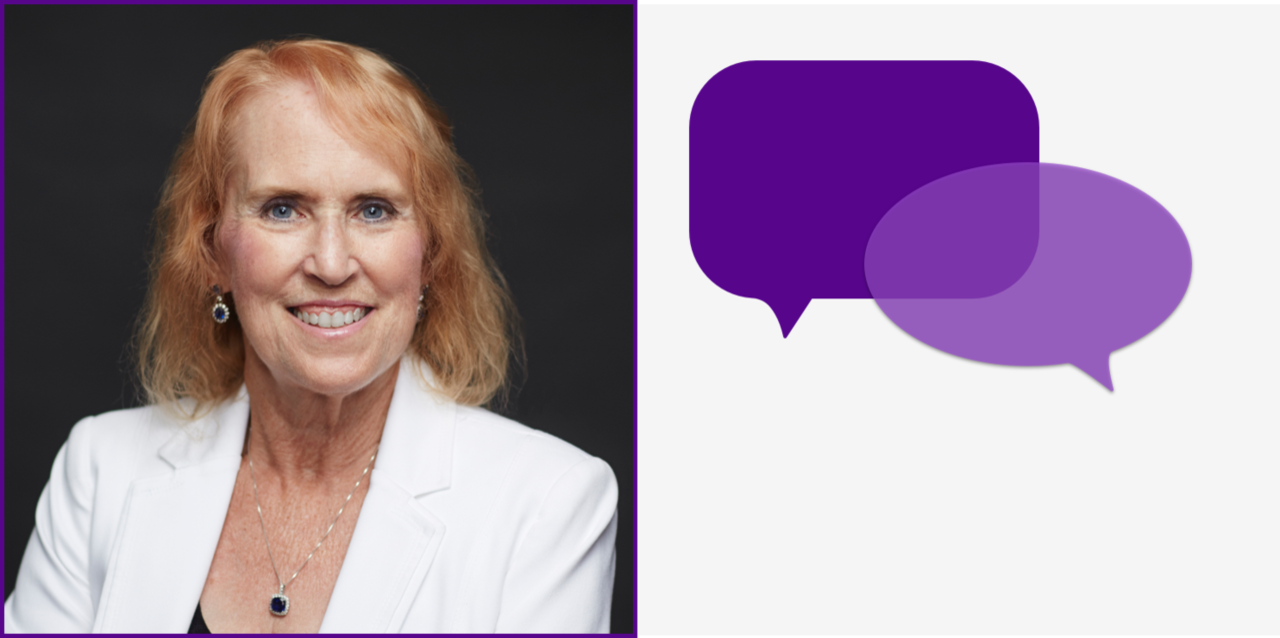Q&A with Prof. Donna Hallas
December 06, 2019
What makes the NYU Meyers Pediatric Nurse Practitioner Program stand out?
Our graduates are setting new directions and dimensions for the care of children and their families who most need our attention and expertise. Students have clinical opportunities in both primary care and specialty care — cardiovascular, pulmonary, etc. Many who want to specialize are able to combine their expert skills with kindness while caring for chronically ill children and their families, including as palliative care experts. Some now hold positions at Seattle Children’s, LA Children’s, and right here at NYU Langone Health.
Students come to the program as experienced pediatric nurses from a variety of areas, in-patient and out-patient hospital units, including urgent care centers and emergency departments, and intensive care units. They are highly motivated to step up to the next level and learn assessment, diagnosis, and treatment to become high-level, caring PNPs who help families raise happy, healthy children.
How do you keep the curriculum current?
The uniqueness of New York City, with its five boroughs, provides opportunities to work with many populations, especially the underserved. Students are clinically paired with an expert preceptor to learn ways to assess and care for children with complex medical problems. We also bring real-life situations into the classroom.
The City’s current vaping crisis is an example. Students learned to update their questions about tobacco use to include vaping, asking: “Do you have access to vaping materials? Are you buying it at the store or off the market? Who’s getting it for you? Do you know the harms of vaping? How can I help you?” Likewise, we addressed the recent Measles outbreak, which had more than 700 cases in Brooklyn.
Why do some parents hesitate to vaccinate their children?
What motivated you to join the national discussion on vaccines?
In my practice, I had some parents who adamantly refused to give their children vaccines and some who automatically accepted them. The reasons were often cultural. When I first started studying vaccine hesitancy four years ago, it was a relatively new area. We developed an online intervention that was survey based and gave the responder resources and scientific information based on their responses, like a photo of a child with whooping cough or pertussis if they didn’t plan to vaccinate.
We didn’t get 100% of the responders to choose vaccination, but we did get statistical significance for prenatal women. We helped our parents and adolescents understand that there’s good scientific information versus people just talking or being angry about vaccines.
In our next study, we plan to look at individuals who are vaccine resistant or vaccine refusers. For example, the measles crisis in Brooklyn and Rockland County — and across the United States — primarily affected children who had never been vaccinated. The parents had refused vaccines. We need to investigate what we can do to help people better understand the scientific evidence supporting vaccines, rather than just refuse for unfounded reasons.
The book you edited, Behavioral Pediatric Healthcare for Nurse Practitioners, was named a 2018 Book of the Year. It calls for assessing and treating abnormal behaviors in children in the primary care setting.
I was thrilled when the American Journal of Nursing recognized our book in that way. Nineteen of our students became published authors by contributing to chapters.
One of the conceptual models I developed and discuss in the book is Intercepting Behavioral Health. The idea is that certain behaviors can be cared for in the office. Behavioral problems should be identified as early as possible, rather than waiting until the child is displaying many adverse behaviors and the child’s behavior is out of control.
When you identify one problematic behavior, like the child roaming around the room rather than sitting down listening to a story, you recognize it as a problem and immediately provide an evidence-based intervention.
Where do you see the Program in 5–10 years?
A few years ago, we started developing the Acute Care Pediatric NP Program. Because we already offer electives, we have an opportunity to train students to graduate not only as primary care PNPs but acute care PNPs as well.
For future directions, I envision one curriculum that prepares our graduates to meet the TOTAL pediatric needs of all of the children/adolescents and families that we serve. There is a national trend to have more combined programs, and we are at the forefront of those trends.
